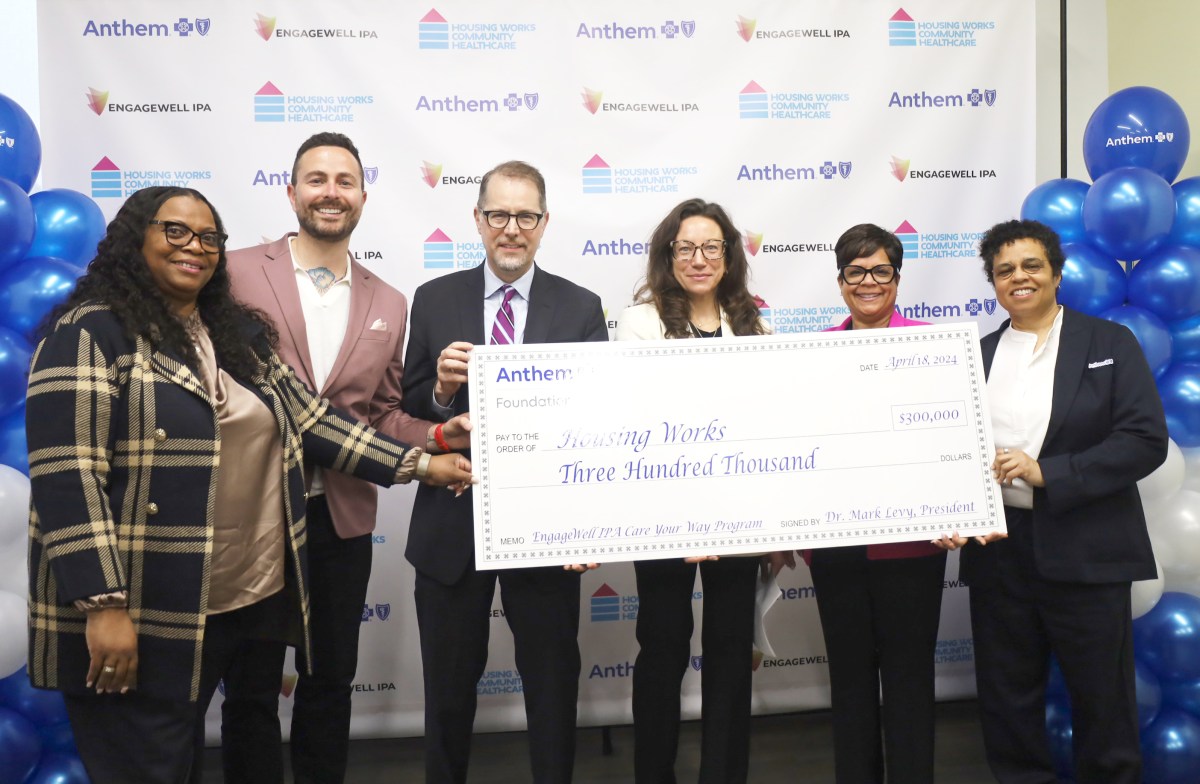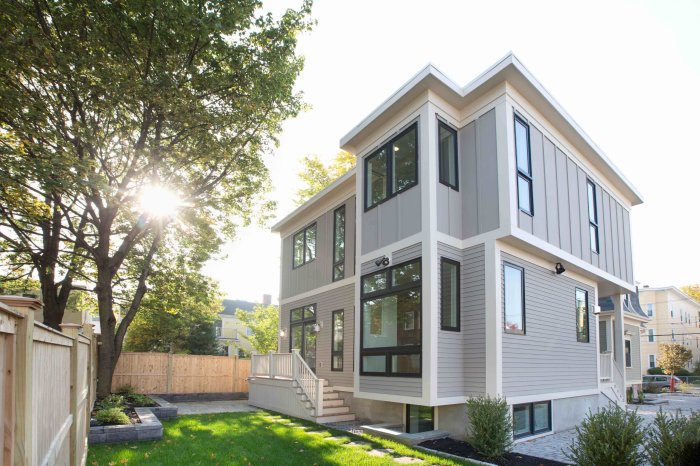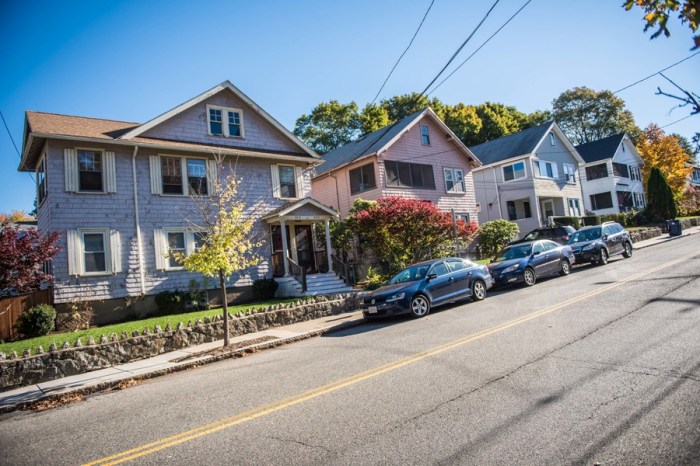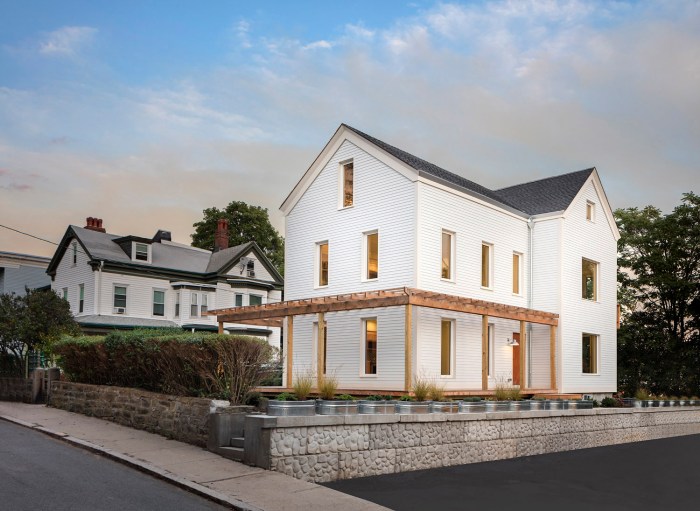For three days this weekend, artists in Boston’s Fort Point neighborhood opened the doors to their live-in galleries-slash-studios-slash-homes.
In this tumultuous time for the neighborhood, once an artists’ refuge and now one of the hottest slices of real estate in the country, a small but passionate Fort Point artistic community persists. The Fort Point Open Studios, which happens twice a year, is their showcase. Inside The Artist Building at 300 Summer Street — one of several locations highlighted over the weekend — most of the artists in the building’s 48 units have been living and working there since affordable units first opened at the location in 1995. One is Christina Lanzl, who works both as an artist and an art consultant and lives on the building’s second floor. On display in her home on Sunday were a few hand-made metal end tables, an assortment of paintings and a wall of embossed aluminum wall hangings. It’s a rare privilege to have reasonably priced space in Boston like the home she’s had for 21 years, she said, with its open floor plan and tall windows, and with lots of square footage to stretch out and work on her many projects. “There’s no way I could ever afford another place in Boston, ever,” she said. “I would never find another space like this.”
RELATED: Fort Point Channel gets a splash of color with “Shimmer” She credits the Fort Point Arts Community with having the foresight to help artists buy the old industrial building and preserve the units for local creators. FPAC also helped organize and advocate forthe 249 A Street Artists Cooperative, which has 44 units of live-work space. Both are owned by co-op, and space there goes for something like a third of what it would on the open market.
Visual artists looking to move in add their name to an applicant pool. New residents are chosen by a panel.
But walk around 300 Summer and it’s clear artists who live there tend to stay, like photographerJeffrey P. Heyneand his wifeDorothea Van Camp,a mixed-media printmaker, who live and work in a corner of the building’s third floor, and were showing off scores of artworks on every available surface on Sunday for guests to browse. They’ve also been there for more than two decades, Heyne said, and it’s worked out well for them. At the same time, he said, it’s not like there are many other comparable options for artists in a city that gets more expensive seemingly by the day. “We’re sort of locked in here from that standpoint,” Heyne said, “We could go to another co-op if we wanted to. There are a number of them in the city here. I wish there were more of them.” 300 Summer is not perfect. Repairs and improvements to the aging structure have led to fee increases for co-op members.
RELATED:GE announces location of its new Fort Point headquarters
But there’s much less chance that artists at 300 Summer will be priced out of their neighborhood altogether, like what happened over time to the many creative types who roamed the shells of the light-industrial structures a few decades ago, before it became an upscale playground of corporate offices and luxury condos. Even global attention on the area following news that General Electric plans to move its headquartersto a spot down the streetisn’t seen as an existential threat for now, artists said. So long-term resident Gustavo Soto-Rosa, a photographer, said he plans to stay in 300 Summer’s gentrification-shielded bubble as long as he can.
He sat on his couch in what by Boston standards would be a very spacious living room for a one-bedroom. Its walls were covered in pictures by him and by six other photographers from a collective calledLunenburg. All seven of them shared snacks in his kitchen in between greeting visitors. He has more than 20 years of memories with his four-dozen creative neighbors, he said, and he isn’t going anywhere.
“I want to be wheeled out of here for the hospital,” Soto-Rosa said. “Feet first.”
Correction: The Fort Point Arts Community does not run the artist co-ops at 300 Summer Street and 249 A Street, but the organization founded and sponsored them, and has continued to advocate for those properties and the artists who live there. Also, artists who want to move into the co-op properties do so by adding their names to an applicant pool, not a waiting list.


















